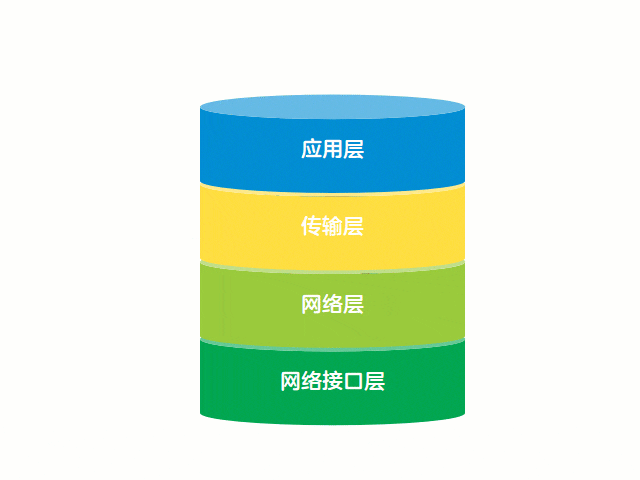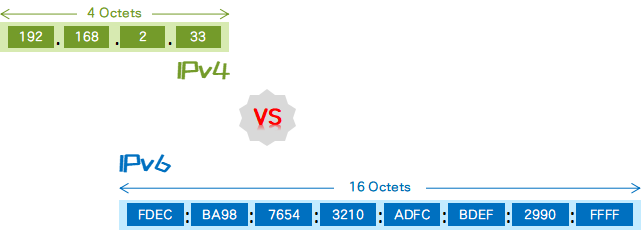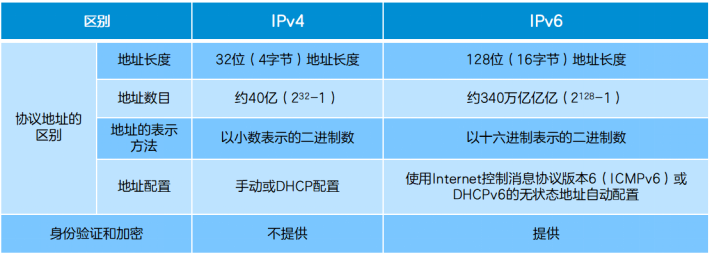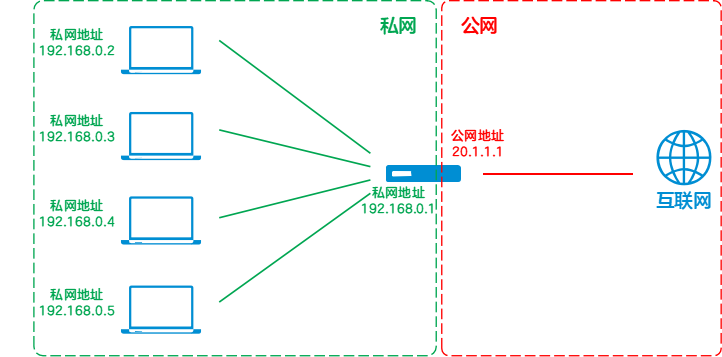Source: ZTE Documentation
Original Author: ZTE Documentation
Have you heard of IPv5? It was once a highly anticipated technology!
IPv5, also known as the Internet Stream Protocol (ST), was designed for connection-oriented communication across IP networks, aiming to support voice and video.
However, its 32-bit address scheme is the same as that used by IPv4, which faces the issue of IP address exhaustion. Therefore, it was never widely adopted and was not officially approved as a standard protocol.
Yet, IPv4, which was initially proud of itself, was surprised by the emergence of IPv6…
But why has IPv4 not completely lost its dominance?
We know that IPv4/IPv6 are fundamental protocols in the TCP/IP protocol suite, belonging to the network layer (Layer 3).
As early as 1990, the Internet Engineering Task Force (IETF) began planning the next-generation protocol to address the issue of IPv4 address exhaustion.
If we calculate from that year, it has been over thirty years since the planning of the next-generation protocol. Why has IPv4 continued to dominate, while the latecomer IPv6 has been deployed so slowly?
The IPv4 protocol, as the foundational protocol of the internet, has been widely used globally since the 1970s, with almost all internet services and applications built on this protocol.
Incompatibility is a Major Issue
During the transition from IPv4 to IPv6, ensuring compatibility between the two protocols requires conversion through intermediate devices, which increases network complexity and consumes more resources.
At the same time, since IPv4 and IPv6 are fundamentally two different protocols with various differences, this also adds difficulty to the promotion and application of IPv6.
PS: Although incompatibility is a major issue, as IPv4 addresses run out, new hardware devices must also use IPv6 addresses.
Smart engineers have fully utilized their imagination, using a technology called “NAT” to allow multiple devices to share a single IP address through address translation, saving some address resources and delaying the speed of IPv4 address exhaustion.
Although the IPv6 protocol has been around for decades, its deployment speed globally remains slow, primarily due to the enormous costs associated with upgrading networks to IPv6.
The upgrade from IPv4 to IPv6 is not just a simple change of addresses; it involves various aspects of the network. From personal terminals to carrier networks, from various application software to web services, comprehensive renovations and upgrades are required.
In summary, although the IPv6 protocol addresses issues such as address shortages faced by IPv4, its widespread deployment and application still require more time and investment. Therefore, IPv4 will continue to play an important role in network communication in the foreseeable future, while IPv6 will be applied alongside it, gradually becoming the new standard for global internet communication.

The reproduced content only represents the author’s views
It does not represent the position of the Institute of Semiconductors, Chinese Academy of Sciences
Editor: Six Yuan Fish


















